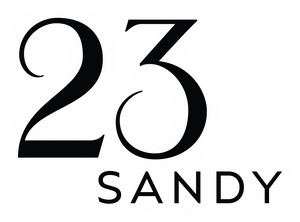| Title | The Mechanics of Selfhood |
| Artist / Creator | Dr. Bob Pliny |
| Place of Publication | Portland, Oregon |
| Publication Date | 2015 |
| Structure / Binding | Center stitched open flat binding |
| Medium / Materials | Acrylic inks and paint, ballpoint pen, pencil, collage and composition gold leaf |
| Number of Pages | 60 pages |
| Dimensions (WxHxD) | 16.5 x 11.75 x .5 inches closed |
| Edition Size | Unique |
| Signed & Numbered | Signed by the artist |
The Mechanics of Selfhood by Dr. Bob Pliny -SOLD!
Sold
I learned very early in my life to think of the self as having a singular nature; a sense of being that is somehow expressed through a singular, though flexible, identity. After a lifetime of observing the part identity plays in countless varied situations, I now wonder if it's more likely that I interpret the succession of many different identities as if they were a single, all be it, flexible one.
So many different identities have come and gone; each expressed through its own unique set of qualities, perspectives and ways of doing things.øFor example, in some moments I'll find myself playing the role of a frustrated little boy; in others a loving husband; in others still, a loyal employee.ø Identities are so varied that some even contradict one another.øIn each of these cases identity contributes to a particular experience of self.
The Mechanics of Selfhood is a meditation on the profoundly rich experience of being in the world and observing one identity after another pass through awareness.
Artist Bio
In 2005 Dr. Pliny opened the Pliny Institute of Super Vision. He grew up in Salem, Oregon and currently lives in Portland, Oregon with his partner, Lucinda, and two Dachshunds. Dr. Pliny graduated with honors from The Cooper Union, NYC. At different times of his life Dr. Pliny has Dr. Bob Pliny has been making art his entire life. Most of the time the artwork produced by Dr. Bob Pliny features pen and ink and fine brush detail applied on layers of loosely applied acrylic paint. Gold leaf is sometimes used as well. The substrate is either paper or wood. Both surfaces are smooth enough to draw on that I'm able to use dip pens with India ink or liquid acrylic.



